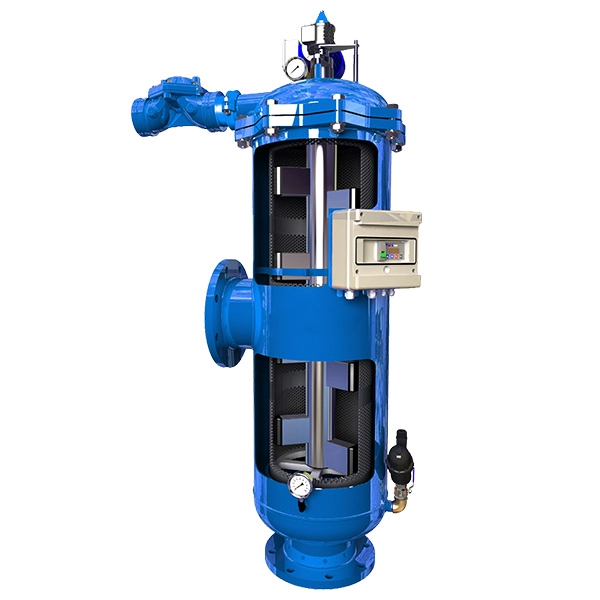Steel pressure vessel fabrication is a complex and difficult task to perform due to the fact that a number of things have to be kept in mind while fabricating pressure vessels. The processes involve controlled cutting, welding and assembling. These tasks require many insights and without knowing how to fabricate metals, it would be so difficult to give it a try. There are also a ton of safety and precautionary measures that must be adopted in a true sense in order to abate and stop the very impacts of failure of the fabrication process. Therefore, in this article, we are going to discuss how to effectively and efficiently fabricate pressure vessels. In the same way, we have also discussed a few steps to easily do this task while safely residing under the umbrella of security.
The procedure involves Fabricating a Pressure vessel:
List the Design Criteria:
The first thing you need to do is to consider design criteria and technical specifications that you'll take from your client. Your client will elaborate the design of the vessel as well as shape of the vessel. The client should also inform you about the material of construction, radius, diameter, internal pressure and temperature.
Perform Mechanical Strength Calculations:
With the help of software, you can easily check the thickness and weld sizes of material. Usually, pressure vessel design software programs are made in a way that gives an easy interface.Generate Fabrication Drawings:
With the help of design criteria and mechanical calculations, it is easy to produce fabrication designs using a very famous software which is known as AutoCAD. These designs are typically made using 2D and 3D Designs. But 2D designs are more than enough.Once the final draft of fabrication is approved by the client and a third party, the next step begins immediately.
- Cut The Plate
- Roll the Plate into Cylinders
- Weld Long Seams of Cylinders
- Fit & Weld the Pressure Vessel Cylinders
- Cut and Form the Pressure Vessel Heads
- Install Nozzles
- Install Required Structural Supports and Lifting Devices
- Final Quality Checks
- Final Inspections
- Safety Requirements
Safety Requirements:
Safety requirements include a set of codes for pressure vessel fabrication for their validity, safety and longevity.Hopefully, we have cleared all the points related to pressure vessel fabrication, and these points will help you to really understand the whole procedure of fabricating pressure vessels




